Text
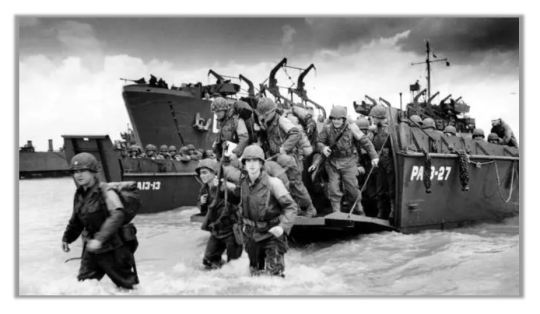
This Week in History: Exercise Tiger
At about this time in 1944, American forces engage in training exercises for the D-Day invasion of Normandy. Exercise Tiger was intended to simulate every aspect of the landings at Utah Beach. Unfortunately, it ended in tragedy and disaster instead.
Exercise Tiger was basically a dress rehearsal for D-Day. Everything was supposed to be as real as possible. An English beach similar to the actual target in France was used—as was live ammunition.
Americans ships would travel long, meandering courses in a bay to mimic a crossing of the English Channel. A British cruiser would bombard the beach early on April 27, shortly before American forces made their landings. A second convoy would deliver more troops early on April 28.
The story continues here: https://www.taraross.com/post/tdih-exercise-tiger
7 notes
·
View notes
Text

This Day in History: The Female Paul Revere
On this day in 1777, Sybil Ludington Ogden, the so-called female Paul Revere, makes a daring midnight ride!
You know about Revere’s ride, but you may not have heard of Sybil’s. She made it when she was only 16 years old. She rode more than twice as far as Revere did—and through rockier roads and more sparsely settled country. Her goal? Tell the men in her father’s regiment that the British had raided the town of Danbury, Connecticut. The regiment, then on leave, was needed to “Muster at Ludington’s!”
What a girl—and what a Patriot!
The story continues here: https://www.taraross.com/post/tdih-sybil-ludington
7 notes
·
View notes
Text

This Day in History: Operation Eagle Claw
On this day in 1980, a special operations team attempts to rescue 53 American hostages in Iran. That mission would unfortunately end in tragedy.
The Iran Hostage Crisis had been ongoing for months, ever since revolutionary Iranians stormed the American embassy in November 1979. Jimmy Carter’s administration had tried economic sanctions, freezing Iranian assets, and embargoing oil—and yet the hostage crisis continued. Something had to be done! In April 1980, Carter approved a military attempt to extract the hostages—Operation Eagle Claw.
The story continues here: https://www.taraross.com/post/tdih-operation-eagle-claw
7 notes
·
View notes
Text

This Day in History: Fire at Notre Dame
On this day in 1879, the “Great Fire” destroys five buildings at the University of Notre Dame. When University founder Father Edward Sorin heard the news, he vowed to rebuild—but bigger and better!
Sorin was a Frenchman who’d come to America when he was just 27 years old. He settled in Indiana where he opened first a missionary school, then a college: The University of Notre Dame du Lac (French for “Our Lady of the Lake”).
The university grew. Soon, the Chicago Times would call Notre Dame the “most flourishing Catholic educational institution in the U.S.”
Wednesday, April 23, 1879, was a beautiful spring day on campus, with a slight breeze blowing in from a nearby lake. The roof of the Main Building was undergoing repairs, but the workers were not present when the first signs of fire were spotted atop the roof at 11:00 a.m.
The story continues here: https://www.taraross.com/post/tdih-notre-dame-fire
2 notes
·
View notes
Text

Medal of Honor Monday: Ernest Childers
On this day in 1944, a hero receives the Medal of Honor. Ernest Childers was a Muscogee (Creek) Indian and one of just five American Indians to receive a Medal during the 20th century.
In retrospect, much of his early life had prepared him for what was to come.
Odd as it might sound today, Childers got his first gun when he was just 8 years old. His father taught him to hunt with that gun. It was a skill that would get put to use when his father passed away just a few years later. Finances were so tight that Childers’s mother would give him just one .22-caliber cartridge a day. It was the young boy’s job to hunt a rabbit for dinner with that single bullet.
“I got to be a very good aim,” he later said. “Because if I missed, we didn’t eat.”
The story continues here: https://www.taraross.com/post/tdih-ernest-childers-moh
#tdih#otd#this day in history#history#history blog#America#freedom#world war ii#medal of honor monday#medal of honor#sharethehistory
24 notes
·
View notes
Text

This Day in History: Shots at Lexington and Concord
On this day in 1775, the “shot heard round the world” occurs at Lexington Green!
It had been mere hours since Paul Revere ended his famous ride from Boston to Lexington (see yesterday’s post). Seven hundred British soldiers were en route to Concord. Their goal? They wanted to seize the weapons and supplies that Americans had stored at Concord, Massachusetts.
In the early morning hours of April 19, the British troops ran into about 70 American minutemen on Lexington Green.
The story continues here: https://www.taraross.com/post/tdih-lexington-green
5 notes
·
View notes
Text

This Day in History: Paul Revere's Ride
On this day in 1775, Paul Revere makes his famous ride. I am so sorry to tell you that he did not really yell “the British are coming!” as he rode. But he did accomplish one important goal: He warned Samuel Adams and John Hancock that British soldiers were coming to arrest them.
He’d intended to continue on to Concord, warning those townspeople about British movements so weapons and stores could be secured. Unfortunately, his ride was interrupted.
The story continues here: https://www.taraross.com/post/tdih-paul-revere-ride
25 notes
·
View notes
Text
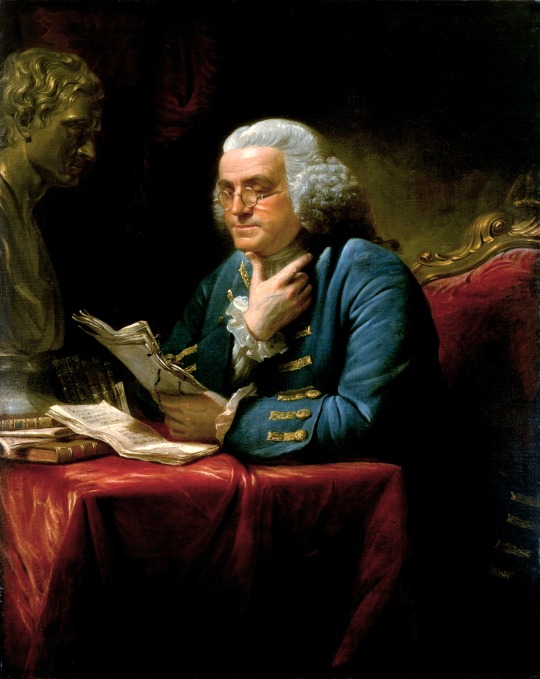
This Day in History: Benjamin Franklin
On this day in 1790, Benjamin Franklin passes away. “[P]erhaps no person in American history has taken on such emblematic and imaginative significance for Americans as has Franklin,” historian Gordon S. Wood once observed.
You may know Franklin the diplomat, Franklin the inventor, and Franklin the intellectual, but do you know about this American icon’s humble beginnings?
Franklin called his own childhood the “poverty and obscurity in which I was born and bred,” noting that he was the “youngest Son of the youngest son for 5 Generations back.” At least one of his biographers found that statement a bit melodramatic, but Franklin’s childhood was certainly a modest one.
The story continues here: https://www.taraross.com/post/tdih-benjamin-franklin
#tdih#otd#this day in history#history#history blog#founders#founding fathers#America#sharethehistory
11 notes
·
View notes
Text

This Week in History: The Last Battle of the American Revolution
At about this time in 1783, the last battle of the American Revolution occurs. No, it wasn’t at Yorktown. It wasn’t even in one of the original thirteen colonies. This battle occurred in Arkansas! It was the last—and the most western—of all the Revolutionary War battles.
This battle is honestly a little confusing. Why would a Revolutionary War battle feature Spanish and Indian forces fighting a former British captain in Arkansas? Why would it occur so long after Charles Cornwallis’s surrender to George Washington?
The story continues here: https://www.taraross.com/post/tdih-colberts-raid
14 notes
·
View notes
Text

Medal of Honor Monday: Jason Dunham
At about this time in 2004, a hero engages in an action that would earn him the Medal of Honor. Jason Dunham was the son of a United States Air Force veteran, and he was born on the birthday of the United States Marine Corps. Perhaps he was destined to be a hero?
Dunham enlisted in the Marine Corps soon after his graduation from Scio High School in New York. By the spring of 2004, he was a Corporal serving a tour of duty in Iraq. He was based at Camp Husaybah, a fortified compound located near the border. The assignment was far from easy, of course: Husaybah was a known hot spot for insurgents.
Soon after he arrived in Iraq, Dunham was involved in a conversation with two other officers. The discussion proved important, although no one realized it at the time.
The story continues here: https://www.taraross.com/post/tdih-jason-dunham-moh
#tdih#otd#this day in history#history#history blog#medal of honor monday#medal of honor#us marines#sharethehistory
12 notes
·
View notes
Text
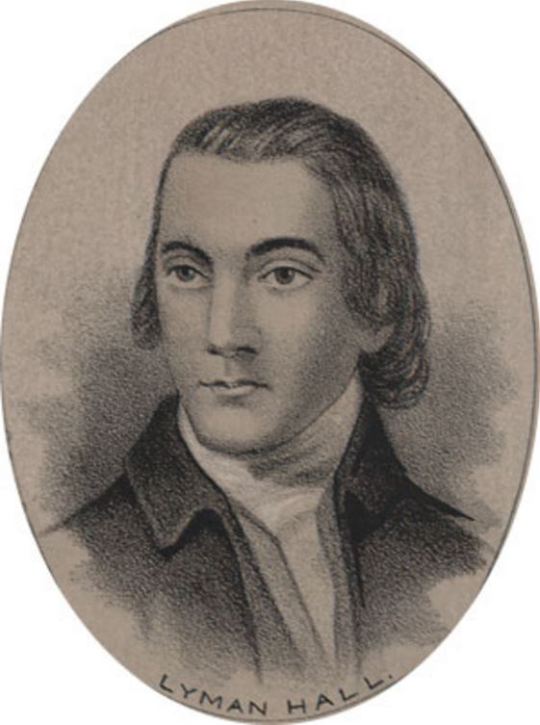
This Day in History: Lyman Hall, Signer of the Declaration
On this day in 1724, a future signer of the Declaration of Independence is born in Connecticut. Lyman Hall may have had the oddest path of anyone to his historic vote for independence. When he first showed up at the Continental Congress, he didn’t technically represent *any* colony. He’d been sent by only a small portion of Georgia.
He represented THEM, not the entire colony.
Georgia had the largest Loyalist population in the thirteen colonies. I guess you could say that they were a bit slow to join the cause? Once they jumped in, though, they were ready to fight! :)
But how did a Connecticut native come to represent any portion of Georgia?
The story continues here: https://www.taraross.com/post/tdih-lyman-hall
9 notes
·
View notes
Text

This Day in History: Brokering Peace with Britain
On this day in 1783, Congress declares a cessation of hostilities against Great Britain. It was just one of many steps in the long, hard road to negotiate a peace between Britain and America after the Revolution. We all hear about George Washington’s victory at Yorktown. But we hear much less about the two years that followed.
We weren’t really at war anymore. But we weren’t really at peace, either.
You may recall that the American victory at Yorktown occurred on October 19, 1781. Peace talks did not begin for many months after Cornwallis’s surrender. Americans hoped the surrender would be respected, but what if George III refused to accept it?
The story continues here: https://www.taraross.com/post/tdih-peace-britain
8 notes
·
View notes
Text

This Day in History: USS Thresher Sinks
On this day in 1963, the USS Thresher sinks off the coast of Cape Cod. Sadly, a rescue ship was floating helplessly above the wreckage, listening to the sounds of the submarine breaking up below.
The tragedy shocked the naval community. Thresher was considered one of the premier submarines of its time. It was fast—and quiet! It could dive deeper than other submarines. It should have been a valuable asset for the United States during the Cold War.
Instead, it sank and imploded.
The story continues here: https://www.taraross.com/post/tdih-uss-thresher
6 notes
·
View notes
Text

This Day in History: The Battle of the Saintes
On this day in 1782, the Battle of the Saintes begins. Did you know that the British and the French faced off in a Revolutionary War naval battle as late as April 1782? The commander of the French fleet was the same admiral who’d helped George Washington win his stunning victory at Yorktown.
But why were the French still fighting the British, so many months after Cornwallis’s surrender?
The answer can be found in an agreement brokered between French Admiral Comte de Grasse and a Spanish leader in America. They’d agreed to aid the Americans, then to work together to conquer Jamaica and take possession of the Windward Islands.
The surrender at Yorktown effectively accomplished their first goal. Now the focus turned toward Jamaica, home of Britain’s profitable sugar trade.
The story continues here: https://www.taraross.com/post/tdih-battle-saintes
8 notes
·
View notes
Text
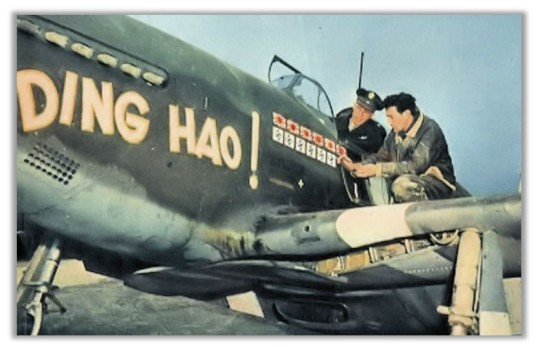
Medal of Honor Monday: James Howard
On this day in 1913, a hero is born. James H. Howard would go on to become an American fighter pilot during World War II. He is perhaps best known for the day on which he singlehandedly took on 30 German fighter planes.
“For sheer determination and guts, it was the greatest exhibition I’ve ever seen,” one witness concluded. “It was a case of one lone American against what seemed to be the entire Luftwaffe. He was all over the wing, across and around it. They can’t give that boy a big enough award.”
Maybe not, but then-Major Howard would receive the Medal of Honor for his daring feat anyway.
The story continues here: https://www.taraross.com/post/tdih-james-howard-moh
#tdih#otd#this day in history#history#history blog#America#medal of honor monday#medal of honor#sharethehistory
59 notes
·
View notes
Text

This Day in History: Robert Smalls Escapes
On this day in 1839, an American legend is born. Robert Smalls is best known for commandeering a Confederate ship during the Civil War. He escaped slavery by piloting it out of Charleston harbor and into Union-controlled waters.
Amazingly, he managed to take his wife and two young children with him.
When the Civil War began, Smalls was an enslaved crew member serving aboard C.S.S. Planter. He was good at his job, and he was trusted by the white officers. Sometimes, those officers even left Smalls and the other enslaved crew alone on the ship.
A plan began to formulate in Smalls’s head.
The story continues here: https://www.taraross.com/post/tdih-robert-smalls
6 notes
·
View notes
Text
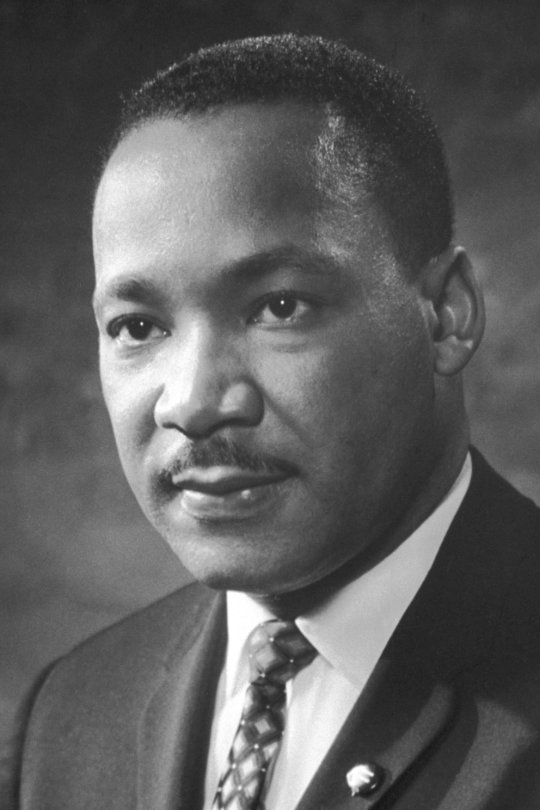
This Day in History: MLK Assassinated
On this day in 1968, Martin Luther King, Jr. is assassinated in Memphis, Tennessee. Just one night earlier, he’d delivered a speech that’s come to be known as the “Mountaintop” speech.
It was the last time he would speak before a crowd in such a manner. Some people think the speech predicted his own death.
But for a local sanitation worker strike, King might not have been in Memphis at all. He’d come to support them, and (ironically) hoped to restore nonviolence to the protests. As part of this effort, he’d been scheduled to appear at the Mason Temple on the night of April 3, but weather conditions had soured. Thunderstorms raged, and tornadoes threatened the area.
Would people really come in such weather?
The story continues here: http://www.taraross.com/post/tdih-mlk-assassination
#tdih#otd#this day in history#history#history blog#America#civil rights#african american history#mlk#sharethehistory
9 notes
·
View notes